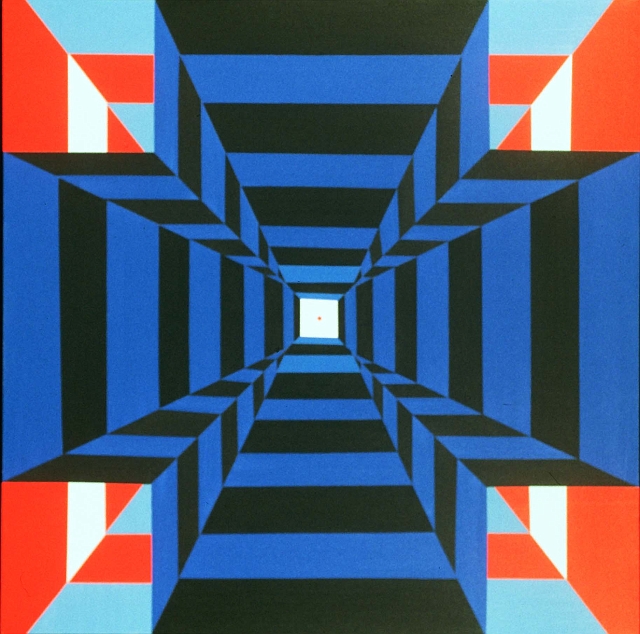|
LITR 4328: American Renaissance |
Model
Assignments |
 |
Anne Ngo
To Educate and Entertain: The Blur
in Literature
Classic, popular, and representative literature may
differ in their purposes, audiences, and appeals. However, they all share a
common goal than it appears to be: all use its distinct forms of literature to
educate and entertain its readers.
Readers read various types of literature for different
purposes. For example, audiences read classics for its educational value. Many
read classics in schools, and fewer readers often read them for entertainment.
It seems that the older the work, the less appealing it is for the casual,
contemporary reader. However, most read classics as a means to develop literary
and critical thinking skills, such as close-reading, or learn new ideas, terms,
or concepts, like the romantic rhetoric of the American Renaissance.
Furthermore, in contrast to other forms of literature,
readers may have to examine a classical text multiple times to discover its
underlying meanings, such as Ralph Waldo Emerson’s
Nature. Moreover, compared to other
types of literature, like popular literature, the classics are often “respected”
and “esteemed,” as they are included in “the literary canon.” For instance, the
works of Emily Dickinson, Walt Whitman, Henry David Thoreau, and Emerson are
regarded as classics from the American Romantic era.
Meanwhile, many readers consume popular literature for
the purpose of entertainment. Unlike classic literature, popular literature is
read by greater masses. These texts reach widespread readership and may even
gain a global audience. Some popular literature from the modern age includes
The Hunger Games and
Harry Potter series. The popularity
of these books may seemingly be a trend, but it is too early to determine if a
certain novel may become classified as another form of literature. In other
words, some popular literature may be identified as classics.
For
example, Edgar Allan Poe’s texts are considered popular literature, with
contemporary readers still examining his works. Poe’s texts are even alluded in
pop culture, as seen in a Halloween episode of
The Simpsons. Especially during the
Halloween season, readers may find enjoyment with the conventional gothic themes
in his works, similar to watching movies of the horror genre (Edgar Allan Poe
Style Sheet: Course Webpage). On the other hand, Poe’s texts, such as “The
Raven” and “Annabel Lee,” are frequently taught in schools. English classrooms
may examine his use of musicality and vivid descriptions in his works (Edgar
Allan Poe Style Sheet: Course Webpage). Thus, Poe is not only a popular author,
but a classical one too.
Similarly, Frederick Douglass’s works are regarded as
representative, classical and popular literature. Many read representative
literature to learn multiple perspectives or hear from voices that were not
typically heard, for example, during the American Renaissance. In this period,
Douglass’s autobiographical texts, like
Narrative of the Life of Frederick Douglass, an American Slave, were popular
and read by the masses. Furthermore,
Narrative is also frequently taught in American high schools and colleges as
a representative and classical text for African American literature and the
American Romantic era (Frederick Douglass Author Page: Course Webpage).
Therefore, Douglass’s works show that the lines of classical, popular, and
representative literature can blur.
Some read classics to learn or gain new insight, while
others may read popular literature for the entertainment value. Many also read
representative literature to learn multiple perspectives or hear the voices from
underrepresented groups who were not typically heard across literary eras.
Nevertheless, these forms of literature can overlap with one another, showing
that literature both serves its purposes of educating and entertaining.


